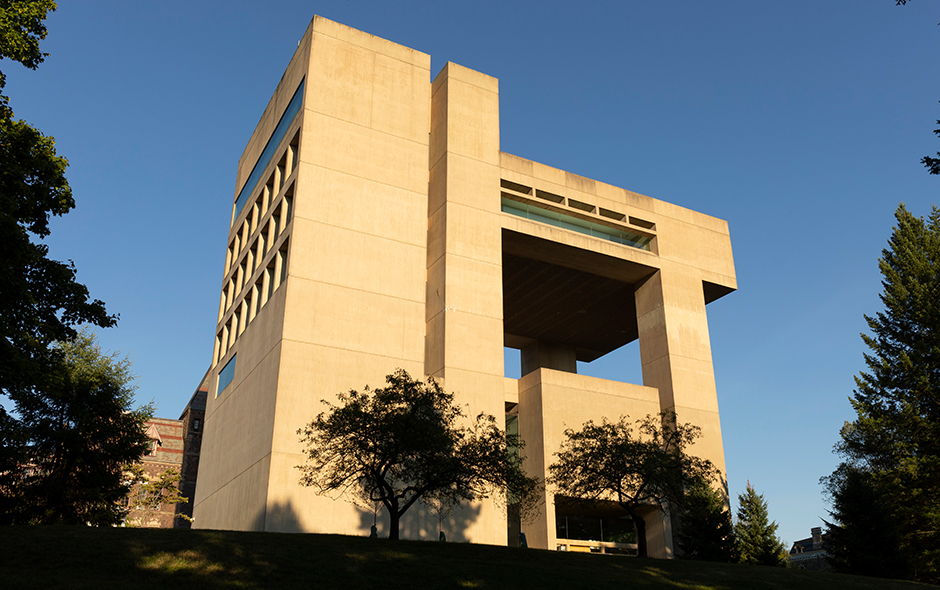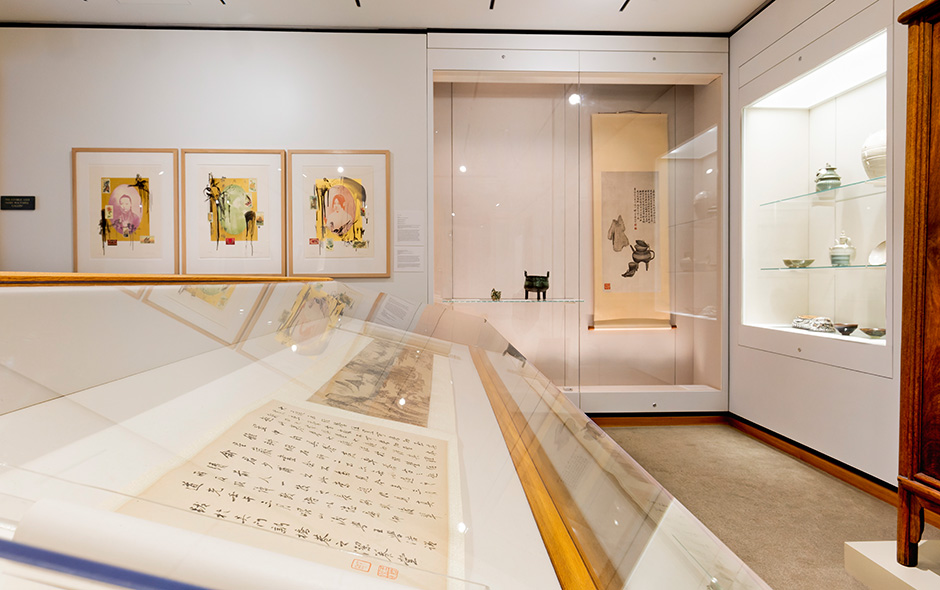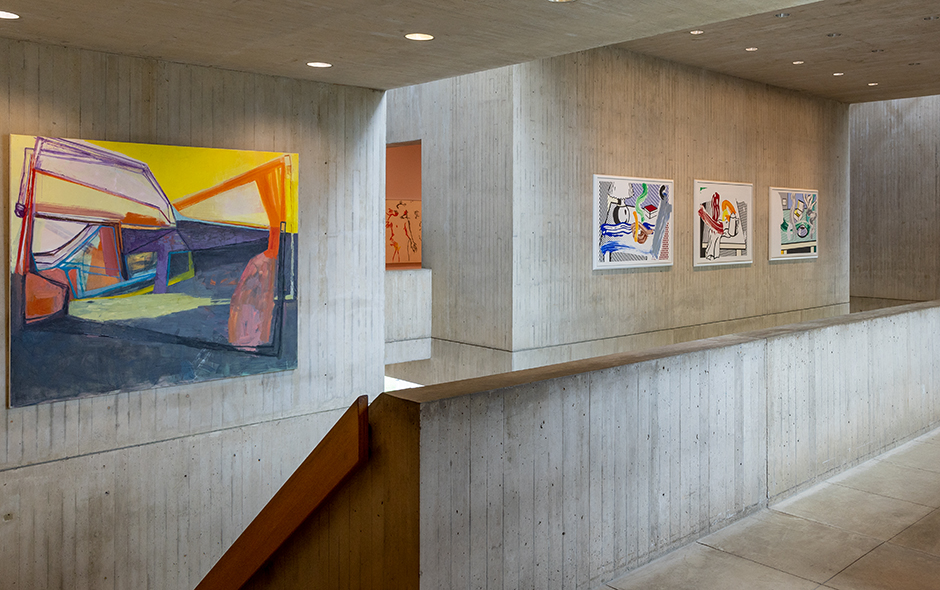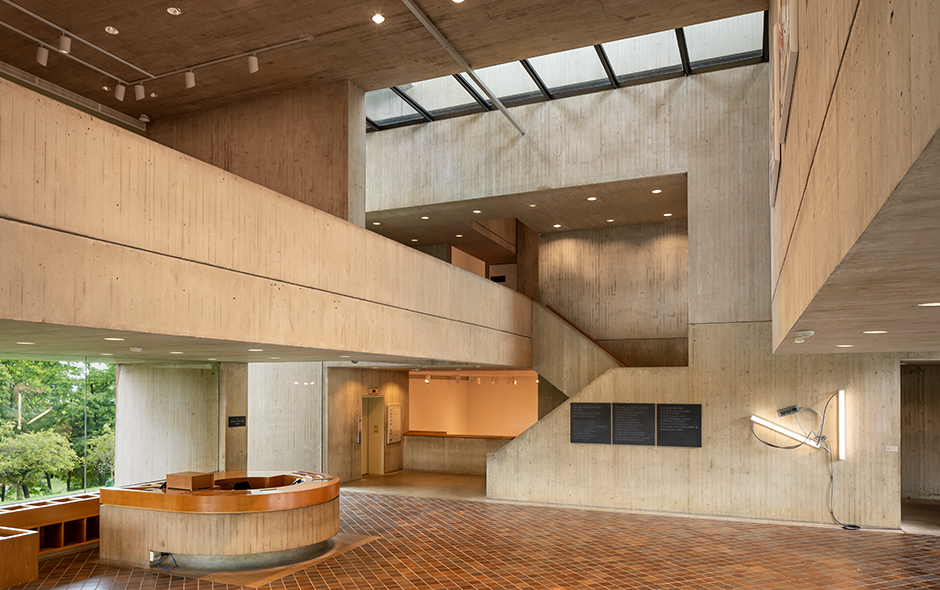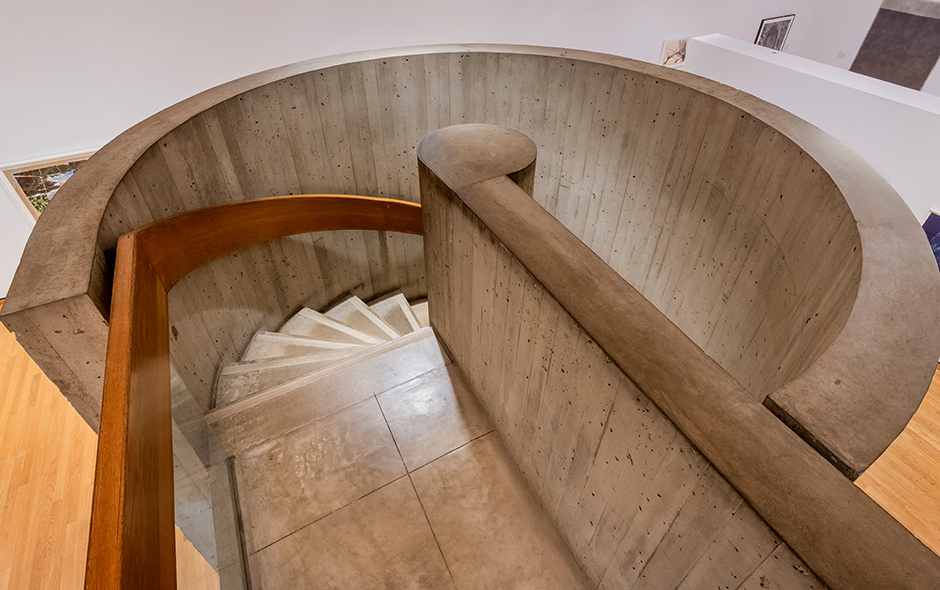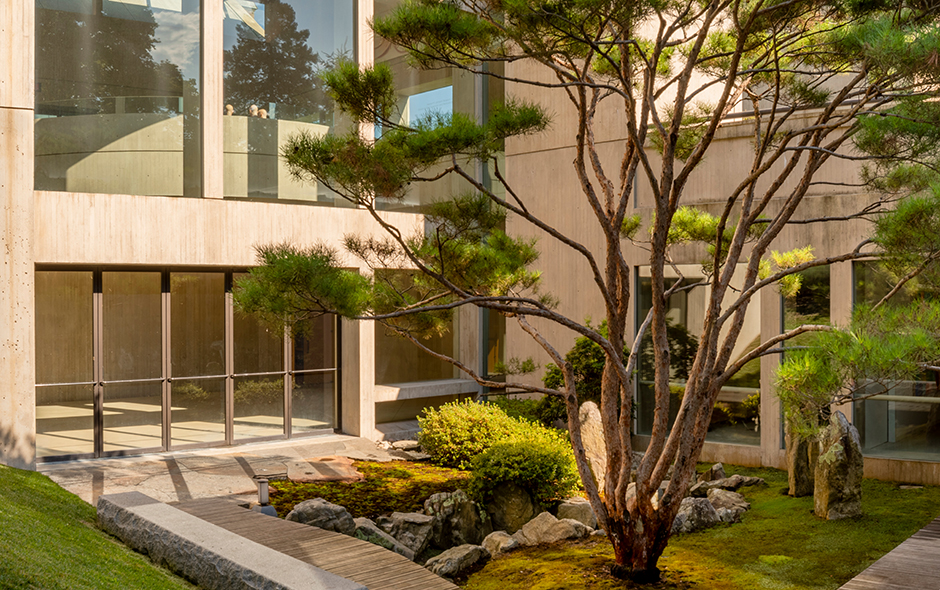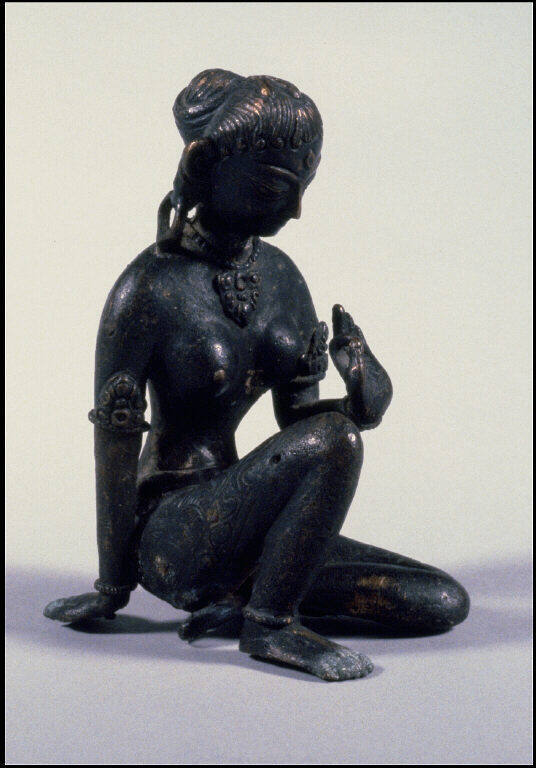
Object Details
Culture
Pakistan or Afghanistan, Gandhara
Date
2nd or 3rd century
Medium
Gray schist
Dimensions
30 x 8 3/4 inches (76.2 x 22.2 cm)
Credit Line
George and Mary Rockwell Collection
Object
Number
72.109.017
This Buddhist sculpture from Gandhara (in modern northwest Pakistan) reminds us that not all histori(…)
This Buddhist sculpture from Gandhara (in modern northwest Pakistan) reminds us that not all histories of “classical” art can be written from the Roman center, but exist in complex networks of dialogue and exchange with other cultural traditions.
Originating in India in the fifth century BCE, Buddhism first spread to the northwest, generating a thriving religious center in a region that had been successively controlled by Persians, Macedonians, Indo-Greeks, Parthians, and Kushans. In Gandhara, Buddhism met artistic traditions that drew upon and adapted Greco-Roman styles, figural forms, and techniques. These influenced the first surviving devotional images of the Buddha, dated (as our example here) to the first to third centuries CE: for example, the folds of the robe suggest the influence of Hellenistic sculpture.
Pliny the Elder does not mention Buddhism directly, but does record that Ptolemy II Philadelphus of Alexandria sent an ambassador named Dionysius to the Mauryan court of the Buddhist emperor Ashoka; he and other Greek writers “enlarged upon the power and vast resources of these nations,” providing invaluable sources for Pliny’s account of extensive trade networks between the Mediterranean and Central and South Asia.
(Verity J. Platt, “Wonder and Wakefulness: The Nature of Pliny the Elder,” exhibition organized by the Herbert F. Johnson Museum of Art, curated by Andrew C. Weislogel and Verity J. Platt, presented at the Johnson Museum January 21–June 11, 2023)



